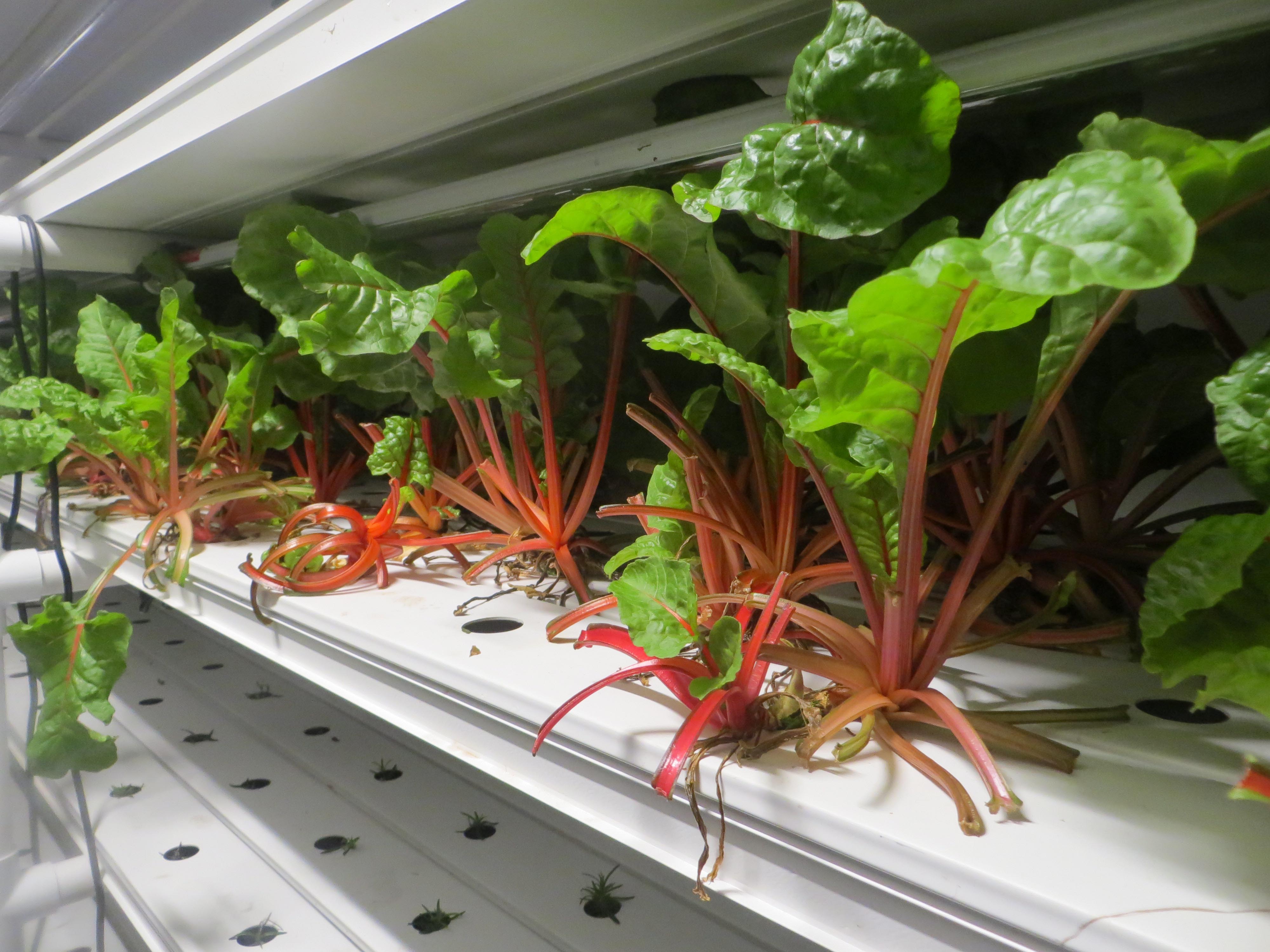Model Shows Solar Saves Money on Container Farm

Solar photovoltaics can help make energy cheaper in grid-tied systems, even in remote communities where the excess electricity can't be sold back to the grid.
That’s the conclusion in a new research paper, led by graduate student Dan Sambor, that was recently published in the journal Energies. The paper resulted from a study to determine whether solar photovoltaic electricity can be used to affordably power container farms integrated with a remote Arctic community microgrid.
High transportation costs make energy and food expensive in remote communities worldwide, especially in high latitude, Arctic climates. Past attempts to grow food indoors in these remote areas have proven uneconomical due to the need for expensive imported diesel for heating and electricity.
Sambor’s paper is titled "Development of a Tool for Optimizing Solar and Battery Storage for Container Farming in a Remote Arctic Microgrid." His research is performed in collaboration with the National Science Foundation-funded Microgrid Food-Energy-Water systems project. MicroFEWs engages with four remote communities in Alaska seeking to increase renewable energy use and address food, energy and water security.
Sambor’s computer optimization model, Food-Energy-Water Microgrid Optimization with Renewable Energy, was developed to minimize the capital and maintenance costs of installing solar plus energy storage infrastructure and the operational costs of powering a container farm. FEWMORE determined that 17 kilowatts of solar was optimal to power the farm loads, resulting in a total annual cost decline of about 14% compared with a container farm currently operating in Whitehorse, Yukon.
"We're really excited to see Dan, a graduate student, leading the charge on this work and advancing the concept of dispatchable loads on remote microgrids. This work has relevance not just for remote northern communities but also on larger scales with different kinds of loads whose time of use can be managed," said ACEP solar Technologies Program manager and MicroFEWs principal investigator, Erin Whitney.
Sambor is a Ph.D. candidate in the atmosphere/energy program at Stanford University’s Department of Civil and Environmental Engineering. His dissertation focuses on the design and optimization of food, energy, and water infrastructure in islanded renewable microgrids. The goal is to determine whether the addition and proper management of loads, such as water treatment systems, greenhouses and electrothermal storage, can improve grid stability and reduce diesel consumption.
For more information on this research, contact Sambor at dsambor@stanford.edu.
Swiss chard grows inside a container farm in Whitehorse, Canada. Photo by Dan Sambor.


